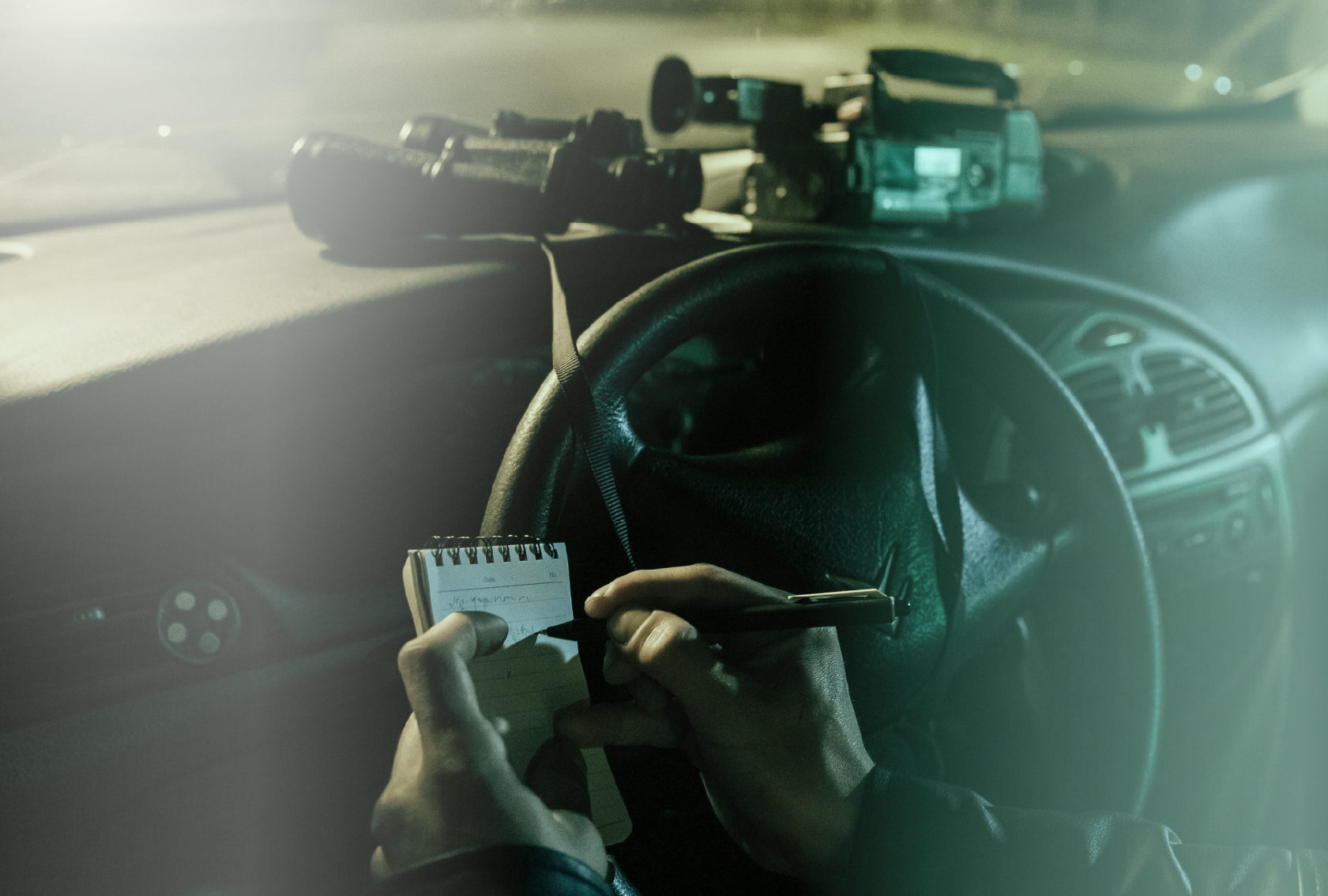Manned vs. Unmanned Surveillance in Insurance Claims Investigations: Striking the Right Balance
by: R&D Investigations • May 7, 2025
In the world of insurance claims investigations, surveillance is often the key to uncovering the truth. Whether it’s verifying a workers’ compensation case or examining a suspicious personal injury claim, surveillance provides the evidence needed to distinguish between legitimate and fraudulent activity.
Traditionally, manned surveillance—with investigators tailing claimants or observing them covertly—has been the gold standard. But in recent years, unmanned surveillance tools, such as drones, fixed cameras, and data analytics, have entered the picture, promising efficiency and cost savings.
So, which approach is better? Let’s explore the role of manned and unmanned surveillance in insurance investigations—and why the best solution often blends both.
The Role of Surveillance in Claims Investigations
Insurers rely on surveillance to:
- Confirm or disprove reported injuries or limitations
- Detect exaggeration or malingering
- Support litigation with objective evidence
- Deter potential fraudsters through the risk of exposure
Accuracy, legality, and ethical practices are essential in every step of the process, which makes the choice of surveillance method critical.
Manned Surveillance: Boots on the Ground
Manned surveillance involves a trained investigator following and observing a subject, documenting behavior through video or photography, often from a discreet distance.
Advantages:
- Context and judgment: Human investigators can interpret nuanced behaviors and adjust strategies in real time.
- Adaptability: They can follow a claimant to and from different locations or pivot quickly if plans change.
- Court admissibility: Evidence collected by licensed professionals often holds up better in court, especially when credibility is questioned.
Limitations:
- Higher cost: Travel, time, and professional expertise drive up expenses.
- Risk of exposure: The subject may detect the investigator, compromising the operation.
- Geographical limitations: Some areas , such as rural communities or close-knit neighborhoods, are harder or riskier to monitor manually.
Unmanned Surveillance: Tech-Driven Monitoring
Unmanned surveillance uses tools like remote cameras near known activity locations, drones for aerial footage and AI-powered analytics that scan social media or public video feeds.
Advantages:
- Discreet and continuous: Tech can monitor without raising suspicion, and without breaks.
- Cost-effective: After initial setup, unmanned methods reduce recurring expenses.
- Scalable: Large areas or multiple subjects can be covered simultaneously.
Limitations:
- Legal and ethical risks: Drones and surveillance tech are heavily regulated and can breach privacy laws.
- Lack of discretion: Machines may miss subtle cues or misinterpret behaviors.
- Technical limitations and failures: Technical limitations such as limited battery life, range, and resolution can result in incomplete or low-quality production. Malfunctions or environmental interference can also cause data loss or flawed evidence.
Legal and Ethical Considerations
Insurance surveillance must walk a fine line: thorough but not invasive, effective but not unethical. Each method—especially unmanned surveillance—must comply with:
- State and federal privacy laws
- Drone usage restrictions (FAA guidelines in the U.S.)
- Admissibility standards for court
- Ethical codes from industry bodies (e.g., NICB, IASIU)
Manned investigators have the training and oversight to navigate these issues more safely, while unmanned systems are not yet regulated as closely, and there is the potential for argument or debate when it comes to what is, and what will be, allowed in a courtroom. This is why unmanned investigations must be carefully vetted and used by qualified personnel.
The Hybrid Approach: A Strategic Advantage
The most successful insurers and defense attorneys increasingly use a hybrid model, pairing manned and unmanned investigative techniques to enhance efficiency, reduce costs, and strengthen their findings.
When it comes to insurance claims investigations, there is no one-size-fits-all surveillance strategy. Manned surveillance brings human insight and courtroom credibility, while unmanned tools offer efficiency, stealth, and scalability.
Used wisely together, they create a powerful framework to detect fraud, protect policyholders, and support fair outcomes. For insurers and investigators alike, the future isn’t about choosing between manned or unmanned surveillance, but about mastering both to build stronger, smarter investigations.

